
After the misery of the recession, shoppers finally felt like they got a good deal from supermarkets last Christmas. Grocery deflation hit a record high, and consumers actively shopped around to enjoy some great deals, as well hoarding their loyalty points to splurge on Christmas treats.
The polar ends of the market continued to flourish, with Lidl, Aldi, M&S and Waitrose prospering, whilst the big four struggled. This can be partly explained by the way consumers now shop for food at Christmas. The days of the one big food shop are over, with less than 3 in 10 consumers (29%) shopping this way last year. Instead last Christmas was all about multiple trips, cherry picking festive treats from a wide range of stores.
The reasons behind this change in behaviour are myriad, and not all are to do with saving money. Of course consumers are shopping around more to get the best deal, but fundamentally they also find food shopping at Christmas a pretty stressful experience, and are choosing to break down their shopping to reduce the pain.
Pre ordering, and ordering produce online, also helped with organisation and stress levels, but food shopping at Christmas still remains a largely in-store affair. Anything supermarkets can do to help take the stress away from the Christmas food shop, will stand them in good stead. For example, consumers wanted to know when stores were at their emptiest, or when stock levels had been replenished, to save them from a painful or wasted trip. This support was particularly in demand around the mayhem of those last few busiest food shopping opportunities before Christmas Day.
Well over half of consumers aimed to do a food shop on the 23rd of December or on Christmas Eve for those final few perishables. Good intentions were high around shopping lists, meal planning and habitual buying, but in practice most shoppers ended up being far more free form than they had planned – less than a third actually had a list and managed to stick to it, or didn’t deviate from what they brought last year – the rest were much more open to temptation when it came to purchases, good news for food brands and supermarkets.
However, what supermarkets are falling short on is providing inspiration for these tempting treats. Food is big news at Christmas, with 10% of all Christmas social conversation focusing on it. Consumers are actively on the lookout for ideas, but 1 in 4 consumers could not identify a supermarket they thought had done this well. Instead they were turning to social media, blogs and video for inspiration, with practical, easy win suggestions being the most sought after – the small twist to something familiar, rather than anything too new or scary. Jamie Oliver’s site for example, was highly rated – at the touch of a button it enables shoppers to purchase the ingredients from any recipe, seamlessly adding them direct to their regular online grocery basket.
Tailoring content throughout the festive period, in a much more timely way, is also recommended. Search behaviour patterns are a great indicator of what consumers are actively interested in on a day to day basis, and can be used to adapt messaging so that it is much more relevant to what consumers want at a given moment.
Overall supermarkets could be doing more when it comes to helping people organise their Christmas food shop, relieving some of the stress and providing inspiration for their purchases. Literally some food for thought for the festive period ahead.
Sophie Harding, Business Director at Mindshare UK
Throughout November and December of last year Mindshare used its 2000 strong Future Medialab community to explore what Christmas was really like for consumers on a week by week basis – from shopping through to family dynamics, through to when and how to buy the perfect gift.




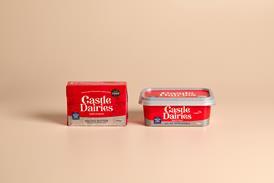


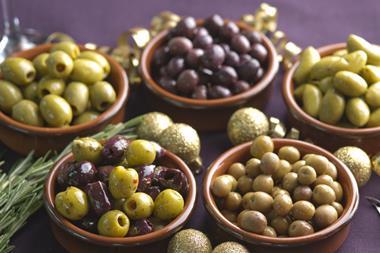

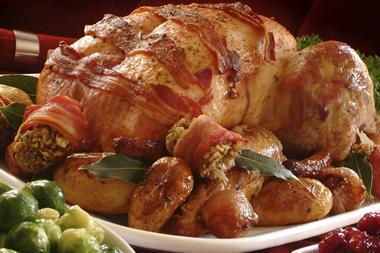

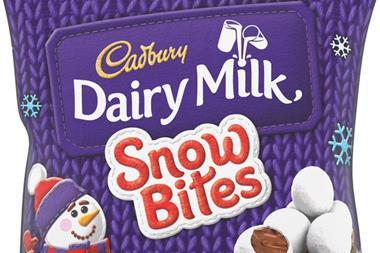


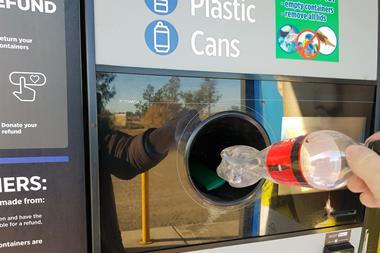

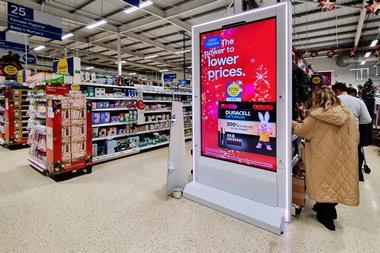


No comments yet